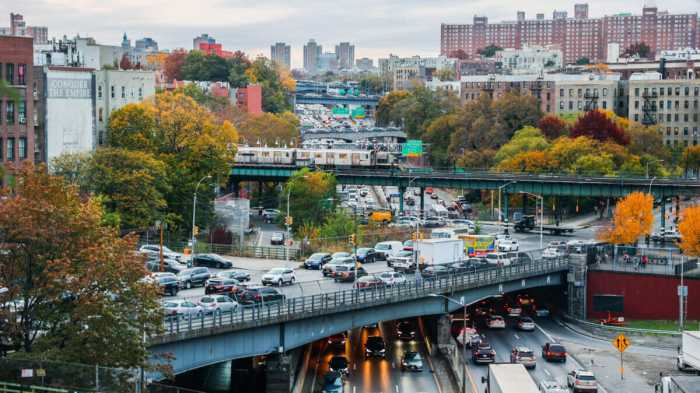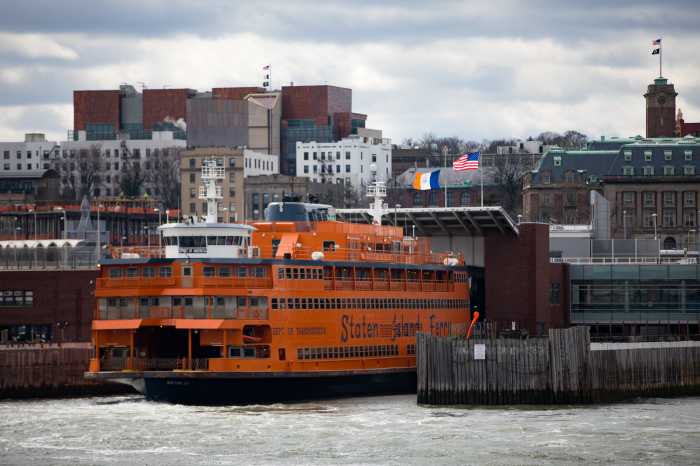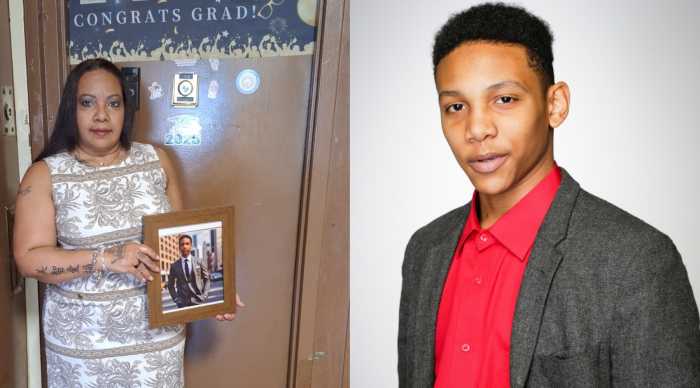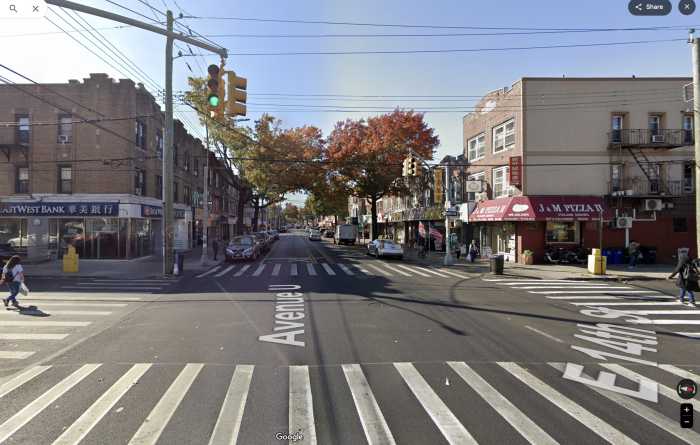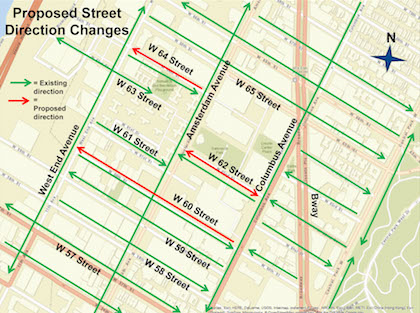
BY JACKSON CHEN | The city’s Department of Transportation is looking at changing the direction of three streets in the Lincoln Square area as a simple solution to improve the traffic flow in the Upper West Side neighborhood.
Seeking community feedback, DOT representatives presented their proposal to Community Board 7’s Transportation Committee on June 14. According to the presentation, the agency is looking to reverse both West 60th Street, between Columbus and West End Avenues, and West 64th Street, between Amsterdam and West End Avenues, from their current eastbound direction to westbound.
DOT also proposed reverting West 62nd Street, between Amsterdam and Columbus Avenues, back to its original two-way setup. For the past several years, the Department of Design and Construction has been working on a capital construction project that altered the street into a westbound-only roadway. According to DOT’s Manhattan deputy borough commissioner, Edward Pincar, the restoration of two-way traffic would be contingent on completion of DDC’s construction. The DDC said the scheduled completion date is spring 2017.
To calm traffic and dissuade speeding, the agency would create two traffic lanes for the extra-wide West 60th Street, one for through traffic and the other for turns onto Columbus and Amsterdam Avenues.
All the changes would be topped off with painted “neckdowns” on West 60th Street at Broadway, Columbus, and Amsterdam Avenues to give pedestrians a shorter crossing distance and force cars to slow down because of a tighter turn.
According to Pincar, the goals of what he described as a “quick safety improvement project that we’re able to install with relative ease” were to address a major pedestrian risk. Specifically, the DOT looks to remove the head-on issue at the intersection of West 60th Street and Columbus Avenue. As it’s currently set up, West 60th Street hosts both westbound traffic and eastbound traffic until they meet at Columbus Avenue, where both directions funnel into southbound traffic and make it difficult for those crossing on foot.
While the DOT proposal removes the head-on at West 60th and Columbus, it also creates the same situation at the intersection of West 62nd Street and Columbus. However, DOT said there’s much less traffic and fewer pedestrians at that intersection.
According to the city’s five-year crash data from 2010 through 2014, the area’s highest incidence rate was found at Broadway and West 60th, with 28 crashes, followed by 18 crashes at Columbus Avenue and West 60th Street.
By comparison, the West 62nd Street intersection at Columbus Avenue saw only nine incidents in those five years.
Residents of the affected streets spoke out on a range of other concerns that they hope the agency will address as well –– with some potentially at odds with the solution DOT was presenting in the first place.
For Arthur Hung and his neighbors at the Adagio Condominium at 243 West 60th Street, the DOT’s proposal may result in additional traffic for their street and alter its residential nature.
The resident pointed out that there was a massive development in the works — Riverside Center at West End Avenue from 59th to 61st Streets will introduce 2,500 residential units, a K-8 public school, a hotel, public space, and much more — that would create an influx of traffic in the area, of which West 60th Street would bear the brunt.
“My concern is that our little residential street will become the conduit and main road that everybody at Riverside Boulevard will be taking to get home,” Hung said. “Because there’s no other way to do it.”
Hung explained that since DOT’s proposal would make West 60th Street a straightforward path from Columbus Circle to West End Avenue, there would be many families and residents using it to get home, adding much more traffic.
Other residents of West 60th Street raised concerns about speeding, especially since the block is a downward slope that could potentially prove hazardous during icy weather.
And farther north on West 64th Street, residents are also asking for speed reduction measures to be implemented in tandem with the street’s directional change. Patricia Ryan, the tenant’s association president at the New York City Housing Authority’s Amsterdam Addition, said the new westward traffic needed speed bumps to work.
Ryan said she asked for speed bumps 10 years ago, when the block was originally a westbound route, but her request never came to fruition. Now, she argues that the westbound change could threaten the safety of kids from the block’s various nurseries, pre-Ks, and the Samuel N. Bennerson 2nd Playground.
CB7’s Transportation Committee agreed with the residential concerns and ultimately approved DOT’s proposal, but requested that the department look for traffic-calming solutions for each of the affected streets, address the impact of the Riverside Center development, and make sure the pedestrian neckdowns accommodate handicapped and disabled residents.



